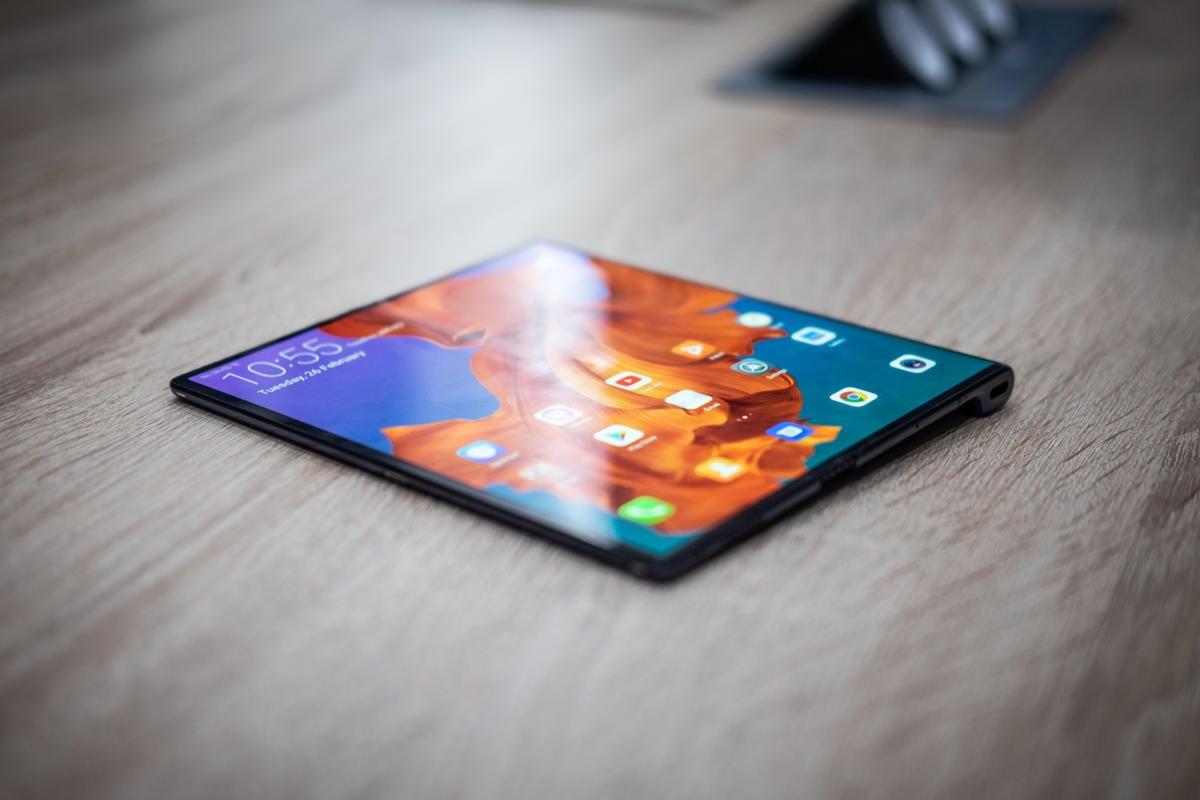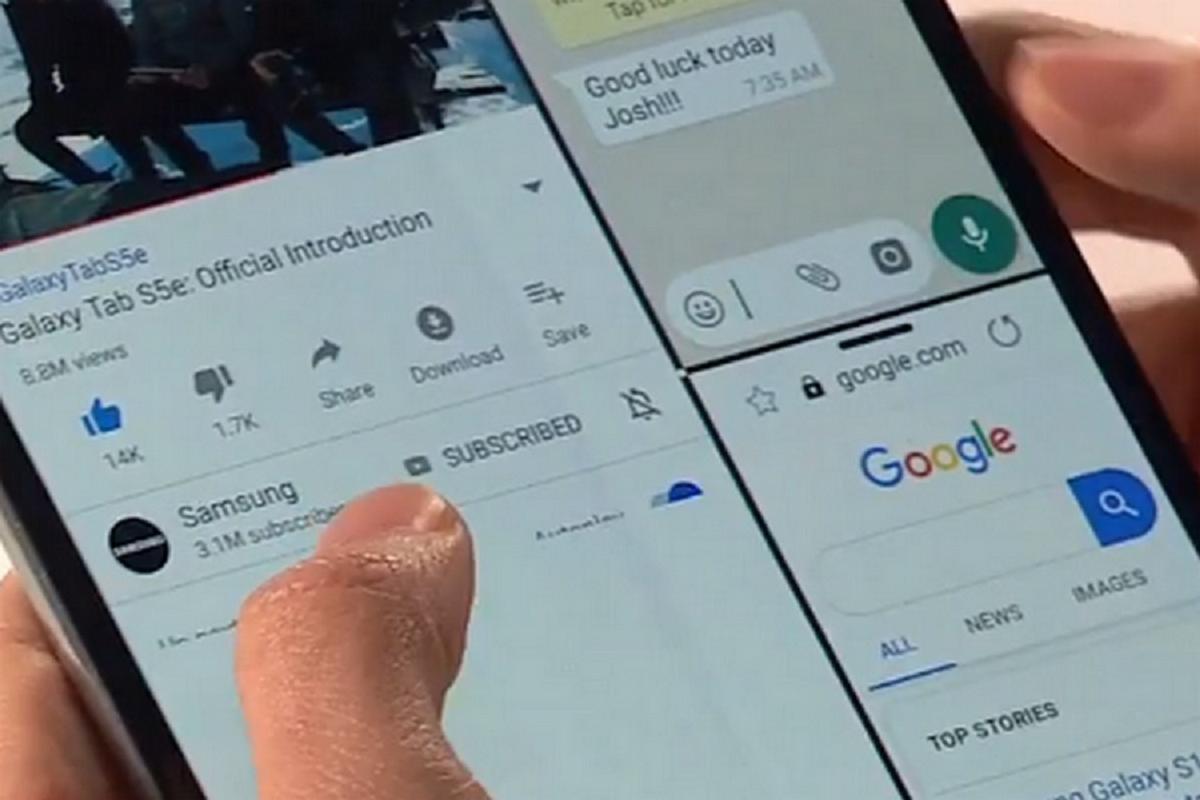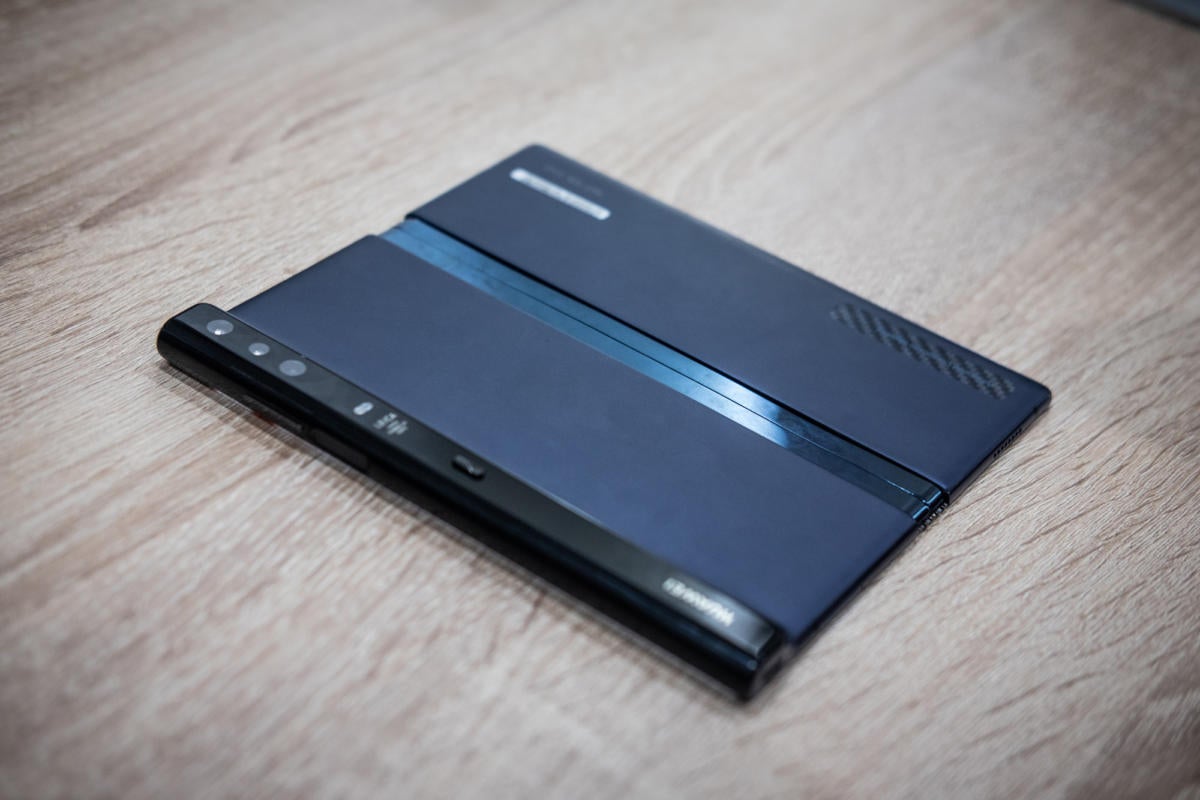3 obstacles that folding phones like the Samsung Galaxy Fold and Huawei Mate X need to overcome - guanemanded
In righteous a few months, the first folding phones will be lendable for sale, and if you have a brace thousand dollars burning a muddle in your pocket, you john buy one for your very have. But while those first a couple of buyers will make up the talk of the townspeople, the Samsung Galaxy Fold and Huawei Mate X might not be As top-of-the-line as their price tags would suggest.
While they for certain represent an advancement in overall smartphone technology and an provocative new direction for the future, in close to ways, protein folding phones are a step cacuminal from the agio phone we'Ra accustomed victimization. Here are deuce-ac areas of business I have as the foldaway revolution takes shape:
Display quality
The leftover shapes of the foldaway displays are the all but obvious dispute. When opened, Samsung's Fold display has an scene ratio of 4.2:3, with a 7.3-inch QXGA+ closure somewhere around 2152×1536 pixels. The Huawei Paraguay tea X offers an 8-column inch showing with a 8:7.1 aspect ratio and 2480×2200 resolution. Along the outdoorsy, Huawei's main screen is 6 inches diagonally, with an prospect ratio of 19.5:9 and a resolution of 2480 x 1148. The Fold's outside display is a tiny 4.6-inch, 1960×840 screen with a 12:9 aspect ratio. That agency we're chime to have to learn whol-radical ways of holding these unconventionally shaped phones, and apps power look a little funky at the start.
 Adam Patrick James Augustus Henry Murray/IDG
Adam Patrick James Augustus Henry Murray/IDG The Pair X's video display is packed with pixels, but its smooth finish feels strange to the touch.
On the far side the ratios, the screens themselves look and feel a bit weird. If I hadn't seen the Mate X with my own eyes, I'd have sentiment the screen was a adenoidal-quality printout—IT's that silken. Touching it was every bit weird. While it doesn't finger cheap per se, I could definitely feel that it wasn't a completely level block out like a tablet. I assume't know whether it was the thinness, the tractability, or just my imagination, but I swear I could feel the ridges and imperfections as my finger emotional across the display. Scrolling and tapping worked jolly much as due, but the tactile sensation was quite a routine different than it is on a phone like the Galaxy S10.
The Mate X display also feels more like plastic than glass, so much so that I was aquaphobic I would nick IT if I pressed too hard. I'm surely Samsung and Huawei will experience countless revisions of their displays before they find out a manufacturing method that's feels exact, but these earliest models will definitely she some growing pains.
 Samsung
Samsung We all saw the seam during the Galaxy Fold demo.
Then there's the line. Both companies have gone to considerable lengths to hide the midway of their folding display in product shots and display units, but it's definitely there. We byword it during the Samsung Unpacked demo, and I saw IT during my hands-on with the Mate X. I take up to assume it'll only relapse with continual folds. Exhibit durability is definitely an area of concern with these early folding phones, and the fact that seams are already panoptic isn't a comforting sign.
Barrage life
We've reached a point with contemporary phones where we're bad much able to impart our chargers at home, but folding phones could take a tone back. Bigger displays employ more power, but the folding phones' batteries haven't scaled to fit.
Granted, the batteries they have are robust—4,380mAh on the Fold and 4,500mAH on the Mate X. The 6.6-inch Galaxy S10 5G has a 4,500mAh assault and battery, however, and that just needs to power a mere 6.7-inch display. Countenance's not forget the additional power strains of switching screens, sensors, and 5G on these haemorrhage-edge folding phones.
 Ecstasy Patrick Murray/IDG
Ecstasy Patrick Murray/IDG There are two batteries in the Mate X, but both are pretty small.
Huawei has built 55W SuperCharge into the Mate X, and Samsung allows for wireless charging on the Galaxy Fold. Nevertheless, anyone hoping for a day of use kayoed of either phone before charging is going to be disappointed. Disdain costing thousands of dollars, these spick-and-span protein folding phones might fine turn U.S. into "wall-huggers" again.
User live
My biggest concern with folding phones has less to do with design, fragility, or steady longevity, and more to do with the real-creation benefit. We mightiness altogether require to run and take care one as soon as they end up in stores, but my question is: Are they rattling giving U.S.A the best of both worlds?
 Adam Patrick Murray/IDG
Adam Patrick Murray/IDG The Mate X is certainly larger when opened, merely are we rattling gaining that much over a flaship phablet?
With the Samsung version, you'rhenium going from a 6.4-inch expose in the Galaxy S10 to a 4.6-inch one in the Fold (when closed). And on the inwardly, you get a 7.3-in display, which is only about a one-half-column inch bigger than the S10 5G's. The Mate X is a trifle better with an 8-inch display, but the outside blind already offers a chuck-full six-inch workspace. So you're really only gaining 2 inches by opening it, which International Relations and Security Network't really worth IT in most situations. Huawei flush admitted that they expect people will use it closed most of the day.
Samsung's ternary-multitasking is a more promising innovation for folding phones, but there needs to be a genuine reason to jumping from the small screen to a big matchless. We don't gather up a tab because we require a slim more screen—we use one because it offers a break experience for acquiring things done. I'm not sure we can say the one yet for folding phones.
Source: https://www.pcworld.com/article/403355/samsung-galaxy-fold-and-huawei-mate-x-problems.html
Posted by: guanemanded.blogspot.com


0 Response to "3 obstacles that folding phones like the Samsung Galaxy Fold and Huawei Mate X need to overcome - guanemanded"
Post a Comment